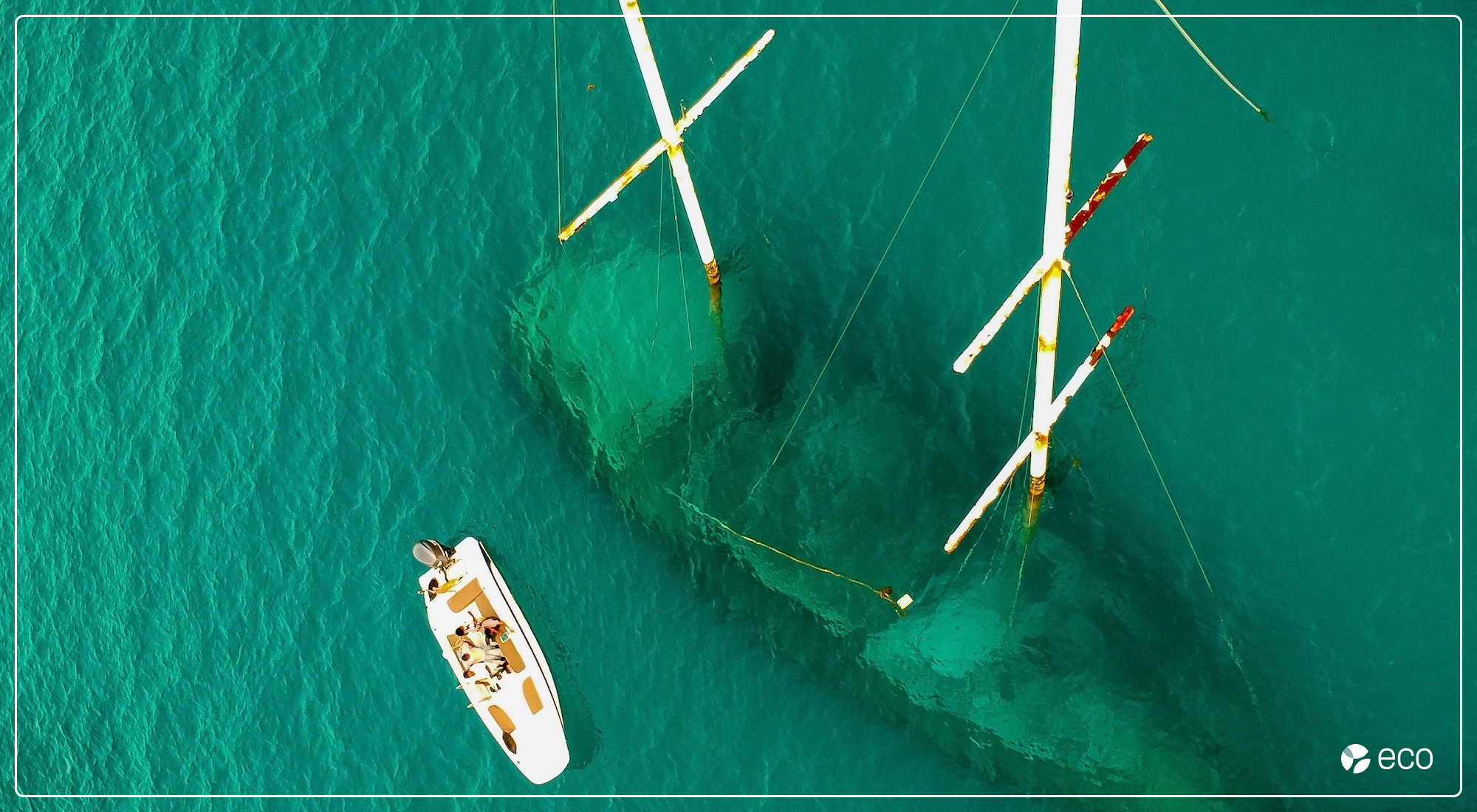Why we fall victim to sunk costs—and how to deal with it
Classical economics teaches that humans will always make the most logical financial decisions. Sunk cost fallacy is one example of why this isn't true.

Perhaps you’ve heard this before: your friends are in a failing relationship. In fact, their relationship hasn’t been great, or even good, in years. The couple doesn’t love one another, nor, at this point, do they even like each other. And yet they both remain, even if the term “commitment” is a relic of a bygone era.
When you inevitably ask why, again, the response remains the same: “I’ve put too much into this relationship to leave now.”
Strangely, we do this with all sorts of relationships, including with money.
This is the sunk cost fallacy.

Who’s really benefiting?
Classical economics persists despite overwhelming evidence that our emotions often overrule rational decision-making. This insight formed the basis of behavioral economics, which provides a more realistic picture of how we make decisions around a number of topics—including personal finances.
Out of this canon comes sunk cost fallacy. At root, here it is: an expense that has been paid and cannot be recovered is a sunk cost. According to classical economics, sunk costs should no longer be relevant to future decisions, because once the account has been debited, you should only be considering future costs.
That’s not how it plays out, however.
In the example above, people remain with others far longer than is beneficial due to the emotional (and perhaps monetary) costs incurred over the course of their relationships. This happens in business all of the time: companies spend millions of dollars, yet when no feasible monetization pathway can be seen, they persist with a failed model. (This in part explains why 65% of startups fail within the first five years—an inability to iterate.)

This cognitive bias regularly affects stock portfolios as well. If you buy a stock for $500 and it drops to $100, chances are you’re likely to hold onto it in the belief that it will recover. If you think rationally after tracking the company’s recent (poor business) decisions, you’d cut your losses and move on. Yet some people will continue to hold the stock until it’s completely worthless. Only then will they realize that $100 could have been better spent reinvested or put into an account that rewards saving.
This bias also keeps people at their banks even though their interest rate hasn’t budged in years, or holding onto a rewards card after their points are devalued (again). Humans maintain a hopeful nostalgia for products and services that no longer benefit them.
But it doesn’t have to be this way.

5 psychological factors behind sunk costs
The following five psychological factors play a role in sunk cost fallacy.
Loss aversion, which states that losses hurt roughly twice as much as equivalent gains. While there’s no one-to-one comparison between the two cognitive biases—sunk cost fallacy doesn’t deal with gains—the pain of any potential loss is instructive, and may help to explain why we hold on far longer than we should.
Framing effects matter: how information is presented plays a role in our decision-making. Research shows that people avoid risk when a positive frame is presented and seek risk when a negative frame is put forward. How the information around a sunk cost is received will likely affect whether you move on or persist.
The overoptimistic probability bias was devised after researchers talked to horse race gamblers. Those who had just placed their bet were more likely to believe the horse they chose would win than those who were about to bet. Once the money has been spent, our optimism around our decision solidifies, no matter how misguided.
People have a sense of personal responsibility around their decisions. This sense persists even in the face of contradictory evidence. We stick by our choices regardless of whether they’re good ones.
We don’t want to appear wasteful. Rather than recognizing the opportunity cost of abandoning an ill-fated or problematic project, some people will remain with their sunk costs no matter how low they sink.
As with cognitive biases, psychological factors often work in conjunction. The way to overcome these biases is to first recognize them. Are you holding onto an underperforming stock that’s likely to crater? Is your bank really offering you the best interest rate? Aren’t you tired of your rewards program devaluing your points when better options exist?
Sunk costs will always be behind you. Making rational decisions about how best to spend and invest your money requires being honest with that fact, then doing the right thing moving forward.